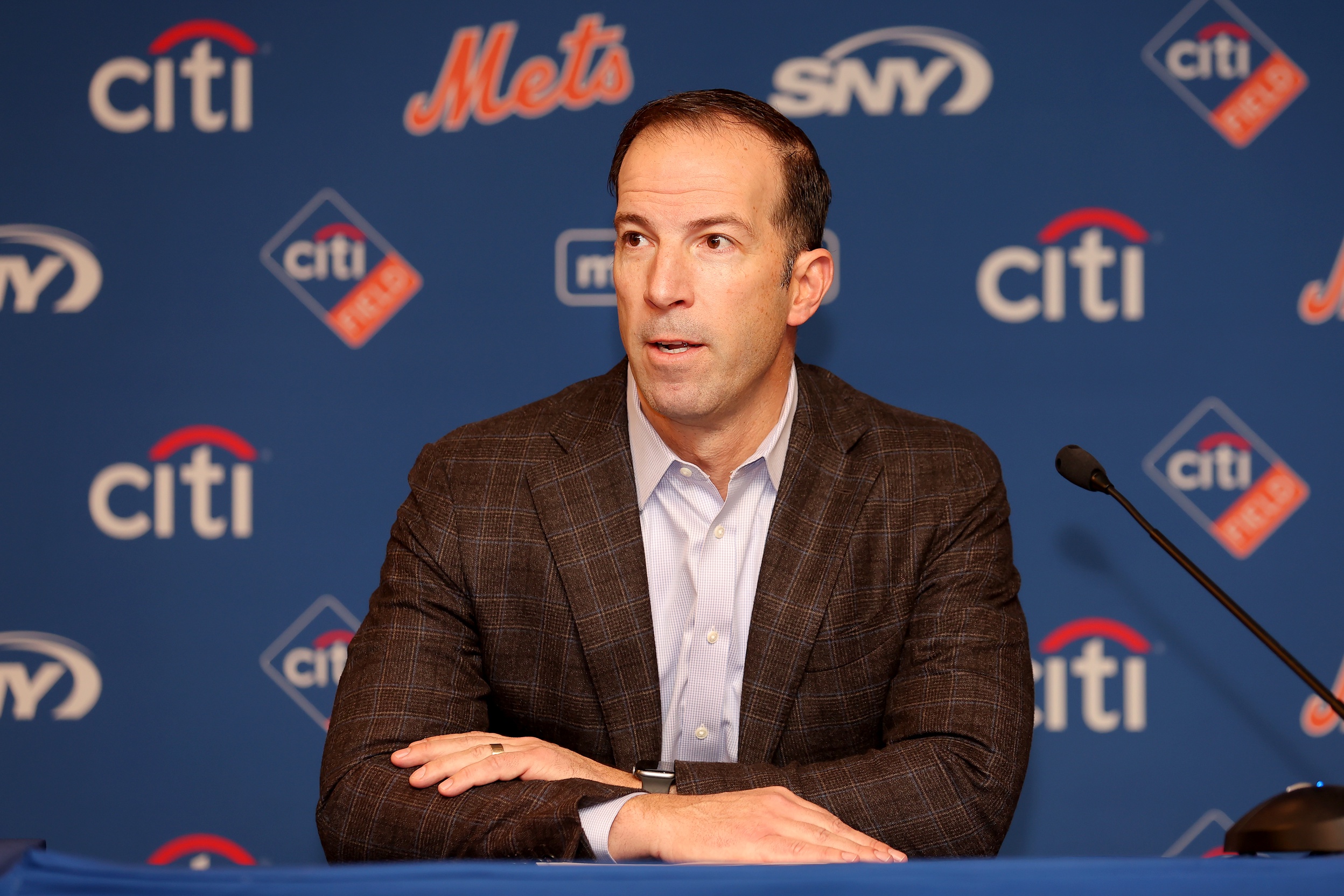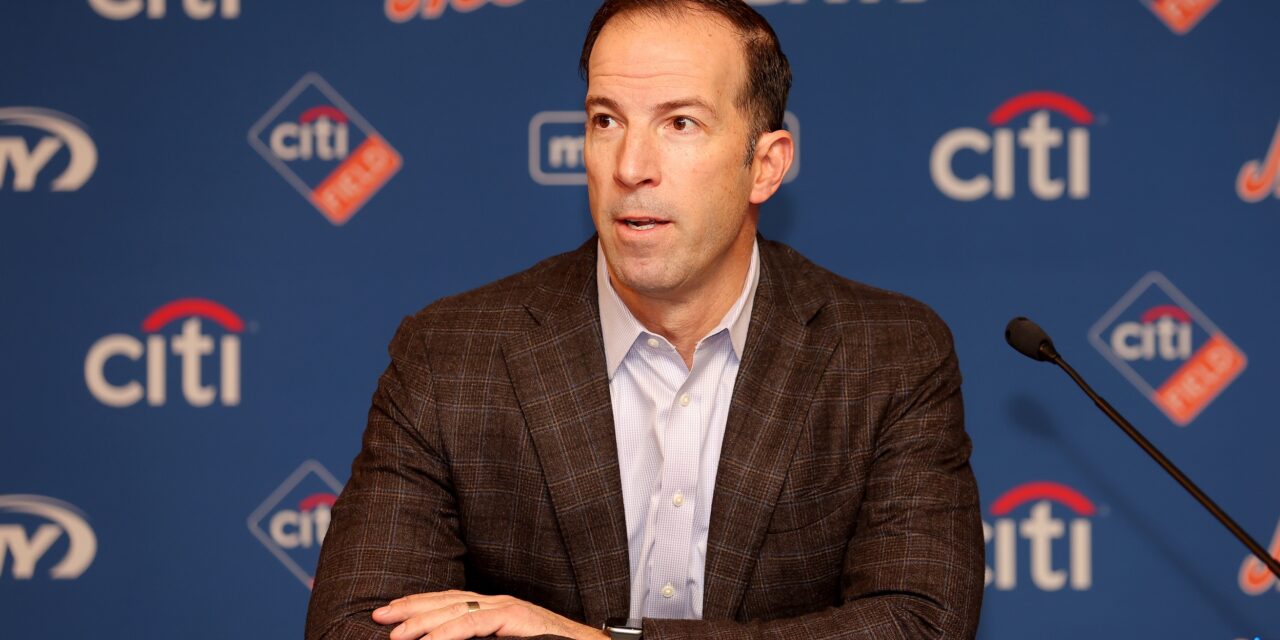Former New York Mets general manager Billy Eppler got busted for doing what several general managers and front offices have also likely been doing for years. A phantom migraine over here, a fictional case of arm fatigue over there, you know the drill. Obviously, he shouldn’t have done it as blatantly as he did, but if he hadn’t, well, how many useful players would he have to designated for assignment and possibly lost from the roster?
Times Are A Changing
How about some better rules to manage a roster, to see if we can prevent these shenanigans in the future? First off, Major League Baseball has been using a 40-man roster since time immemorial, actually on and off since 1921 (and also once in a while from 1910-1920) based on war and rival league squabbling.
Back then active rosters were officially set at 25, but way fewer players played in a season in 1921 than they do now. For example, the Brooklyn Robins only used 12 pitchers all season, and only eight threw more than 40 innings. They used only 18 position players, and only 14 of them had more than 50 at-bats.
Things are different now. The whole idea of a 40-player roster is archaic, and a whole new negotiated system to manage the roster would be wise. Rosters have gotten larger, the players are bigger and stronger, and pitchers are used as carefully as fine china.
The Proposition
With that being said, increasing the “reserve roster” (as it was once called) to 45 and in addition increasing the active roster from 26 to 28 until September (when then we propose it goes up to 32) would help alleviate a lot of these concerns. To help the hypothetical proposal not be too unrealistic, a stipulation that only 21 players are available to play in each game makes a lot of sense.

Billy Eppler. Brad Penner-USA TODAY Sports
To expand on this potential stipulation; a team’s other four starters will be inactive, along with three other players. That could be relievers or position players in any combination, as long as there are no more than seven pitchers active for a game. With up to six relief pitchers available each game, teams with be rewarded for having starters who can go deep, and relievers who can pitch multiple innings. There will also be an extra position player or two, which gives managers many more strategic options.
Teams would also be rewarded for drafting/signing and developing two-way players. The Mets have one in their system named Nolan McLean.
Potential other adjustments that now make sense with the above propositions; no extra player for double-headers, no three-batter rule for pitchers. Specifically, the three-batter rule, with the addition of a pitch clock and with the above gives managers more players to chose from, does not make sense to have any longer.
The Positive And Negatives
The end goal(s) in suggesting these changes is to prevent abuse of the roster and injured list rules, but more importantly, to keep players healthier and available. This while having more roster continuity, and prevent losing border-line players, who then have to be replaced with (generally) lesser players.
Any new idea has to be created with the potential pitfalls in mind. In this scenario, the downside for owners is that they would have to pay a little more for the active roster and extra 45-player roster players. However, there is upside for them as well. Specifically, decreased roster churn, better team performance, fewer injuries.
As for the players, the downsides are fewer minor league call-up opportunities. However, on the flip side, there should be more money, more opportunity for players to get chances to play, as well as fewer injuries.
Final Thoughts
It unfortunately is not as easy as the above may make it seem. Of course, other rules and agreements would have to be adjusted to accommodate these changes. However, like several other issues in baseball over the years, the current construction of roster limitations and rule construction is well behind where the game is at today. The above would help bring the game fully into the 21st century.
















